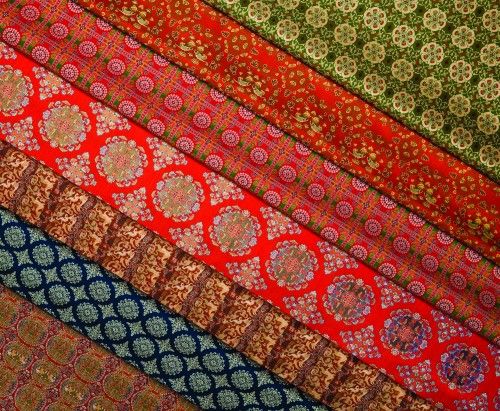“Silk Road” was coined in 1877 by Ferdinand Freiherr von Richthofen, a German geographer who focused on the silk trade between the Chinese Han Empire (206 B.C. to 220 A.D.) and Rome. The road wasn’t a single route but a trade network that crisscrossed central Eurasia for centuries, bringing various cultures together. These five goods highlighted the trade that happened on Silk Road.
Horses
Horses were significant to the culture of ancient nations. The silk-for-horse trade was one of the most important and long-lasting exchanges on the Silk Road. Chinese merchants and officials traded bolts of silk for well-bred horses from the Mongolian steppes and Tibetan plateau.
Nomad elites prized silk for its conferred status or the additional goods it could buy. It explains why the famous tomb of the Chinese emperor Qin Shi Huang (259–210 B.C.) contains lifelike statues of 520 chariot horses and 150 cavalry horses.
Jade
A millennia before there was such a thing as the Silk Road, China traded with its Western neighbors along the so-called Jade Road. Jade, the crystalline-green gemstone, was central to Chinese ritual culture. However, the supply of jade dropped significantly at some point.
It became necessary for China to establish trade relations with Western neighbors like the ancient Iranian Kingdom of Khotan. The jade trade to China flourished throughout the Silk Road period, as did trade in other semi-precious gems like pearls which were also popular.
Silk
It’s called the Silk Road for a reason. Silk, first produced in China as early as 3,000 B.C., was the ideal overland trade item for merchant and diplomatic caravans that may have traveled thousands of miles to reach their destinations.
The Roman elite prized Chinese silk as a luxuriously thin textile. Later, when people brought silk-making technology to the Mediterranean, artisans in Damascus created the reversible woven silk textile known as damask. Generally, the Romans valued silk in that ancient period.
Enslaved people
Enslaved people were a tragically common “trade good” along the Silk Road. Raiding armies would take captives and sell them to private traders who would find buyers in far-flung ports and capitals from Dublin in the West to Shandong in Eastern China.
The enslaved people became servants, entertainers, and eunuchs for royal courts. While enslavement was pervasive in premodern Eurasia along the Silk Road, none of these kingdoms or societies could be classified as “slave-based” in the same way the African slave trade operated.
Paper
Paper, invented in China in the second century A.C., first spread throughout Asia with the dissemination of Buddhism. On the Silk Road, travelers carried paper documents as passports to cross nomadic lands or spend the night at a Silk Road oasis.
It was bound into texts and books that transmitted new systems of thought. One of the central significances of the Silk Road is that it served as a channel for spreading different ideas and cultural interactions, and much of that relied on paper.







